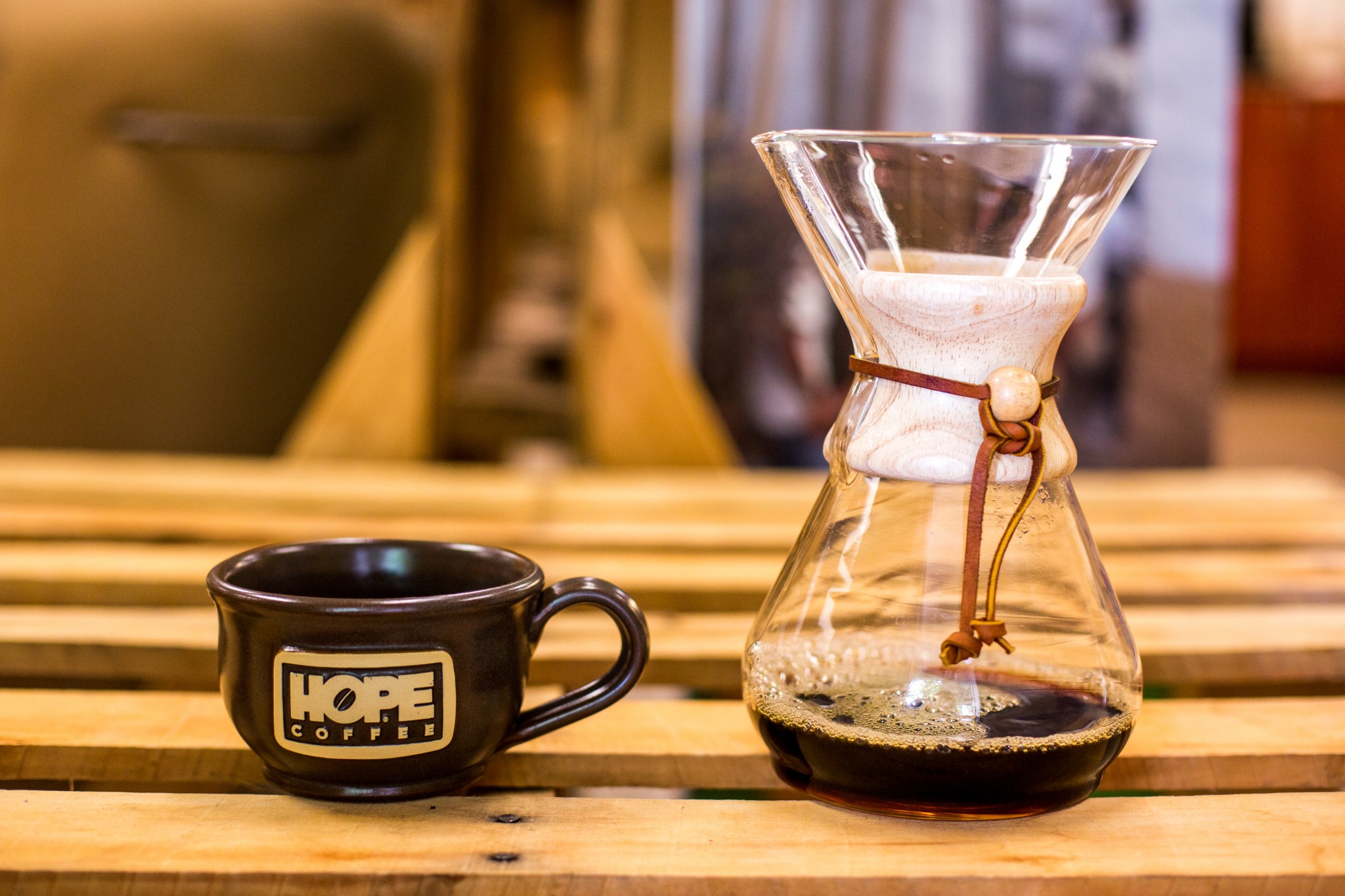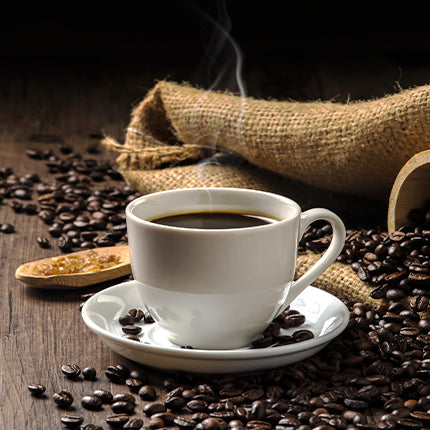The Scientific Research Behind Coffee Developing: How Temperature and Time Affect Your Drink
Recognizing the science behind coffee brewing reveals that temperature and time are not simple variables however critical aspects that determine the drink's taste account and overall quality. As we discover the subtleties of these aspects, the question develops: just how can one effectively balance temperature and time to attain that best mixture?
The Chemistry of Coffee Extraction
The chemistry of coffee extraction looks into the detailed processes that change raw coffee beans right into the fragrant beverage appreciated worldwide. This transformation mostly includes the solubility of numerous substances existing in the beans, which are affected by factors such as grind dimension, water high quality, and the developing approach utilized.
Throughout the brewing procedure, warm water serves as a solvent, removing soluble substances, consisting of high levels of caffeine, sugars, lipids, and acids, from the coffee premises. Each substance adds to the flavor profile, scent, and body of the last drink. Acids are accountable for tasty and intense notes, while oils add to an abundant mouthfeel.
The removal process is not consistent; different substances dissolve at various prices. The preliminary phases of brewing essence acids and sugars, bring about a pleasant level of acidity, while prolonged extraction can cause anger due to over-extraction of undesirable substances. Recognizing these chemical interactions is important for optimizing developing strategies, as the equilibrium in between extraction time and water temperature level can substantially affect the overall quality of the coffee. Ultimately, understanding the chemistry of coffee extraction is essential to achieving a well-rounded and savory mug.
Ideal Developing Temperatures
Discovering the right developing temperature is vital for opening the full capacity of coffee flavors and aromas - coffee brewing methods. Study indicates that the optimum array for brewing coffee exists in between 195 ° F to 205 ° F(90 ° C to 96 ° C) Within this variety, the extraction process efficiently dissolves the preferable soluble compounds in coffee beans, resulting in a tasty and well balanced cup
Developing at lower temperatures, such as listed below 195 ° F(90 ° C ), may cause under-extraction, producing an acidic and weak brew with soft tastes. Alternatively, brewing at temperature levels surpassing 205 ° F(96 ° C) can cause over-extraction, creating a bitter and harsh taste due to the extreme dissolution of undesirable substances, such as tannins.
Additionally, the optimal developing temperature level can vary depending on the coffee bean kind and roast degree. Lighter roasts often profit from a little higher temperature levels to enhance their intricate taste accounts, while darker roasts might be better suited to reduced temperatures to reduce resentment.
Ultimately, maintaining precision in developing temperatures is critical for achieving an unified balance of flavors, making sure that every mug of coffee provides a satisfying sensory experience.
Impact of Developing Time
Brewing time plays a crucial function in establishing the flavor profile and overall high quality of coffee. The removal process, which affects the taste, fragrance, and body of the beverage, is mainly reliant on just how long the coffee grounds touch with water. Shorter brewing times can cause under-extraction, bring about a weak or sour flavor, as inadequate soluble substances are liquified. On the other hand, prolonged brewing can lead to over-extraction, where unwanted substances are launched, leading to a bitter or astringent preference.
Optimum developing time differs relying on the method utilized and the work size of the coffee. For example, a French press generally needs about four mins, while coffee extraction is typically completed within 25 to 30 secs. It is important to adjust developing time in conjunction with various other variables, such as water temperature and coffee-to-water proportion, to attain the desired taste profile.
Understanding the influence of brewing time allows coffee fanatics to improve their brewing techniques, inevitably improving the sensory experience of their cup (coffee brewing methods). With mindful attention to this variable, one can open the complete potential of the coffee, exposing its unique features and subtleties
Developing Methods and Their Results

For example, techniques like French press and cool brew permit a longer steeping time, resulting in a fuller body and robust taste as a result of boosted extraction of oils and soluble solids. On the other hand, coffee developing uses high stress and a shorter extraction time, creating a focused shot that highlights extreme flavors and a rich crema.
Pour-over methods, such as Chemex or V60, supply an even more regulated removal procedure, permitting the maker to control circulation rate and water circulation, which can enhance illumination and clarity. Meanwhile, percolation techniques cycle water through the coffee premises multiple times, leading to a stronger, commonly bitter flavor.
Lastly, making use of paper filters versus steel filters can also affect the last preference; paper filters generally produce a cleaner mug by capturing oils and fine particles, while metal filters allow more oils to travel through, contributing to a fuller mouthfeel - coffee brewing methods. Comprehending these nuances can boost the coffee experience significantly
Tips for Refining Your Mixture
A well-executed mixture can transform also the easiest coffee into an impressive experience. Grind the beans just prior to brewing to maximize freshness, making certain the grind dimension matches your developing technique-- coarser for French press and finer for coffee.
Water top quality plays a crucial function; usage filtered water devoid of impurities. The optimal brewing temperature level ranges in between 195 ° F and 205 ° F(90 ° C to 96 ° C ) Too hot can blister the coffee, while too amazing may under-extract flavors.
Timing is similarly important. For immersion techniques, soaking for 3 to 5 mins is optimal, whereas drip techniques typically take around 5 mins. Experiment with mixture times to find your favored stamina.

Verdict
In recap, the detailed connection in between temperature level and time is extremely important in the coffee brewing procedure. Sticking to optimum developing temperature levels in between 195 ° F and 205 ° F, along with exact timing customized to every technique, makes sure the desired flavor profile is achieved. Recognizing these clinical concepts equips individuals to improve their developing methods, eventually resulting in a more pleasurable and balanced coffee experience. Mastery of these elements is important for any coffee fanatic looking for excellence in their drink.
Understanding the scientific research behind coffee brewing discloses that temperature and time are not mere variables yet critical elements that dictate the beverage's flavor account and general top quality. Comprehending these chemical interactions is critical for enhancing developing methods, as the equilibrium between removal time and water temperature level can substantially influence the general quality of the coffee.Brewing time plays an essential role in determining the taste account and general top quality of coffee. By focusing on these components-- bean high quality, grind size, water temperature level, soaking this contact form time, and ratio-- you can boost your coffee brewing process, resulting in a consistently remarkable mug.
In summary, the complex partnership between temperature and time is vital in the coffee brewing process.